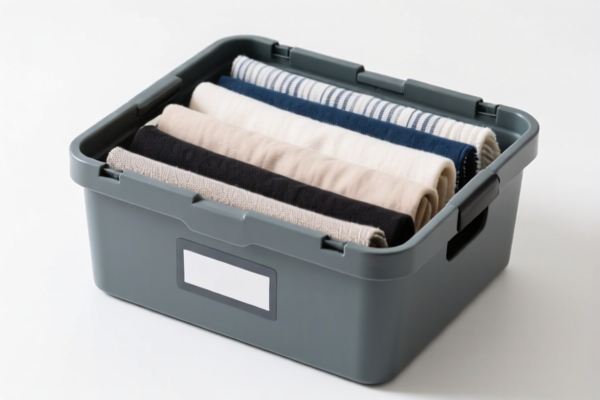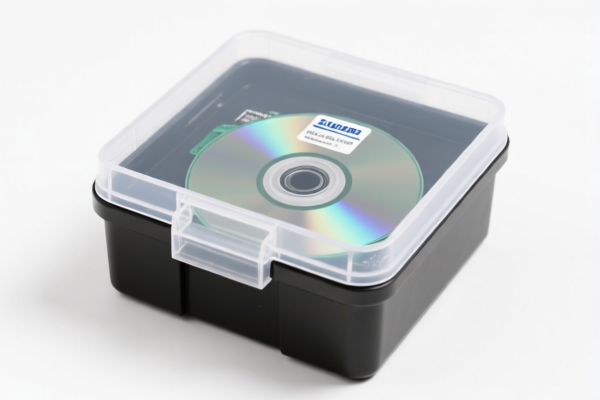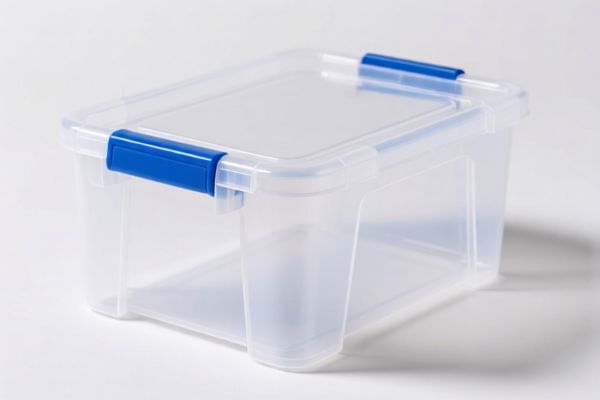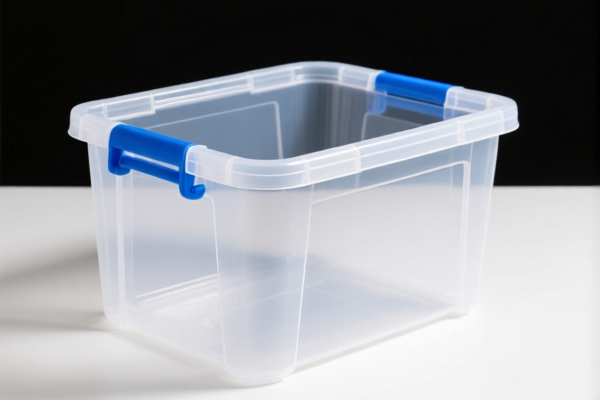| HS Code | Official Doc | Tariff Rate | Origin | Destination | Effective Date |
|---|---|---|---|---|---|
| 8304000000 | Doc | 33.9% | CN | US | 2025-05-12 |
| 9403608093 | Doc | 55.0% | CN | US | 2025-05-12 |
| 9403999015 | Doc | 80.0% | CN | US | 2025-05-12 |
| 6304996040 | Doc | 33.2% | CN | US | 2025-05-12 |
| 6304996020 | Doc | 33.2% | CN | US | 2025-05-12 |
| 4202999000 | Doc | 75.0% | CN | US | 2025-05-12 |
| 4202995000 | Doc | 62.8% | CN | US | 2025-05-12 |
| 4205008000 | Doc | 55.0% | CN | US | 2025-05-12 |
| 4205000500 | Doc | 57.9% | CN | US | 2025-05-12 |
| 3923102000 | Doc | 55.0% | CN | US | 2025-05-12 |
| 3923109000 | Doc | 58.0% | CN | US | 2025-05-12 |
| 3926903300 | Doc | 36.5% | CN | US | 2025-05-12 |
| 3926904800 | Doc | 33.4% | CN | US | 2025-05-12 |
| 7326908688 | Doc | 82.9% | CN | US | 2025-05-12 |
| 7326908605 | Doc | 82.9% | CN | US | 2025-05-12 |
| 7310290065 | Doc | 80.0% | CN | US | 2025-05-12 |
| 7310290055 | Doc | 80.0% | CN | US | 2025-05-12 |




Clothing Storage Box
A clothing storage box is a container designed for organizing and preserving garments, textiles, and related items. These boxes facilitate efficient space utilization and protect clothing from dust, moisture, pests, and light.
Material
Clothing storage boxes are manufactured from a variety of materials, each offering different advantages:
- Plastic: Lightweight, durable, water-resistant, and often transparent or translucent for easy identification of contents. Common types include polypropylene and polyethylene.
- Cardboard: Economical, foldable for easy storage when empty, and suitable for short-term storage. Often reinforced for added strength. Can be susceptible to moisture and pests.
- Fabric: Typically constructed with a cardboard frame and covered in fabric (cotton, linen, polyester). Offers a softer aesthetic and breathability.
- Wood: Provides a sturdy and aesthetically pleasing storage solution. Often used for long-term storage and heirloom items. Can be more expensive and heavier.
- Metal: Durable and resistant to pests and moisture, often used for industrial or heavy-duty storage.
Purpose
The primary purpose of a clothing storage box is to:
- Organization: Categorize and separate clothing items by season, type, or owner.
- Protection: Shield clothing from dust, dirt, moths, mildew, and sunlight.
- Space Saving: Maximize storage space, particularly in closets, attics, and basements.
- Preservation: Maintain the quality and condition of clothing over time.
- Portability: Facilitate easy moving and transportation of clothing.
Function
Clothing storage boxes function by providing an enclosed environment that:
- Contains: Keeps clothing neatly arranged and prevents items from becoming scattered.
- Shields: Protects clothing from external elements that can cause damage.
- Supports: Maintains the shape and structure of garments.
- Ventilates: Allows air circulation to prevent moisture buildup (depending on the material).
- Stacks: Enables efficient use of vertical space.
Usage Scenarios
- Seasonal Storage: Storing out-of-season clothing in attics, basements, or under beds.
- Closet Organization: Categorizing and separating clothing within closets.
- Moving: Packing and transporting clothing during relocation.
- Dormitory/Apartment Living: Maximizing limited storage space.
- Long-Term Preservation: Storing heirloom clothing or items not frequently used.
- Under-Bed Storage: Utilizing the space beneath beds for clothing and accessories.
Common Types
- Plastic Storage Bins: Rigid containers with lids, often stackable. Available in various sizes and colors.
- Fabric Storage Cubes: Soft-sided containers with cardboard frames, designed for use in shelving units or closets.
- Cedar Chests: Wooden chests lined with cedar, known for repelling moths and preserving clothing.
- Vacuum Storage Bags: Bags that remove air to compress clothing, reducing volume.
- Divided Storage Boxes: Boxes with compartments for organizing smaller items like socks, underwear, and accessories.
- Hanging Storage Organizers: Fabric organizers with shelves or compartments that hang in closets.
- Under-Bed Storage Containers: Low-profile containers designed to fit under beds.
Based on the provided information, the following HS codes may be relevant to “clothing storage box”:
-
3923109000: This HS code falls under Chapter 39: Plastics and articles thereof. Specifically, it covers Heading 39.23: Articles for the conveyance or packing of goods, of plastics; stoppers, lids, caps and other closures, of plastics. The Subheading 39.23.10 refers to Boxes, cases, crates and similar articles: Other. This would apply to general plastic storage boxes, including those used for clothing. The basic duty is 3.0%, with an additional duty of 25.0%, and a further 30.0% after April 2, 2025, resulting in a total tariff of 58.0%.
-
7326908688: This HS code is categorized under Chapter 73: Articles of iron or steel. It falls under Heading 73.26: Other articles of iron or steel. The Subheading 73.26.90 covers Other: Other: Other. This could apply to metal clothing storage boxes. The basic duty is 2.9%, with an additional duty of 25.0%, and a further 30.0% after April 2, 2025, resulting in a total tariff of 82.9%. Please note that steel and aluminum products are subject to an additional 25% duty.
-
7310290065: This HS code belongs to Chapter 73: Articles of iron or steel. It is under Heading 73.10: Tanks, casks, drums, cans, boxes and similar containers, for any material (other than compressed or liquefied gas), of iron or steel, of a capacity not exceeding 300 liters, whether or not lined or heat insulated, but not fitted with mechanical or thermal equipment. The Subheading 73.10.29 refers to Of a capacity of less than 50 liters: Other Other: Other. This could apply to smaller metal clothing storage boxes. The basic duty is 0.0%, with an additional duty of 25.0%, and a further 30.0% after April 2, 2025, resulting in a total tariff of 80.0%. Please note that steel and aluminum products are subject to an additional 25% duty.
Regarding HS code 7326908688 and 7310290065, please note the need to verify the material (steel or aluminum) and may require documentation confirming the composition.
Customer Reviews
No reviews yet.